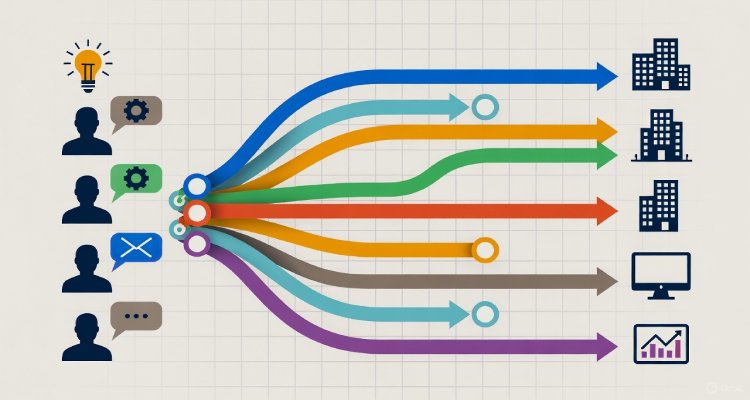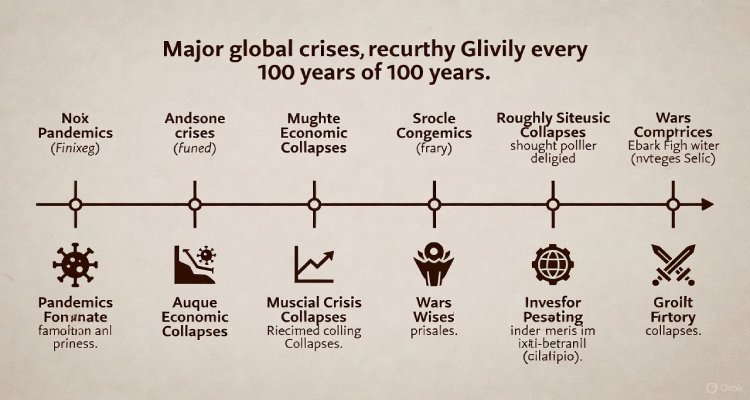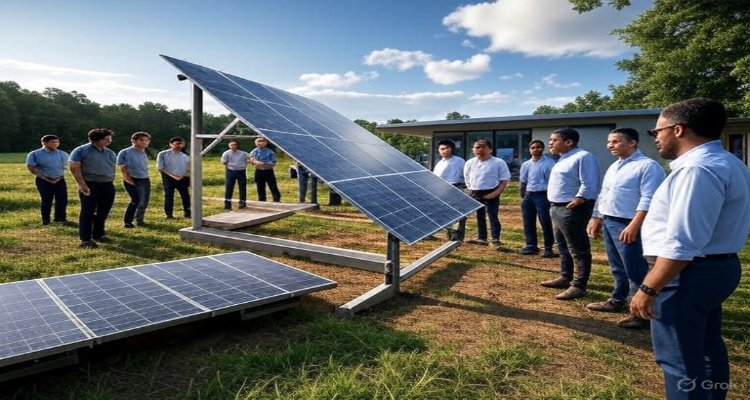Energy Wars: How Microgrids Could End Blackouts Forever
Discover how microgrids are transforming global energy infrastructure, ending blackouts, and reshaping the future of reliable, sustainable power.
Introduction
When the lights go out in entire cities, the ripple effects stretch far beyond inconvenience. Hospitals scramble to keep life-saving equipment running, businesses face crippling losses, and communities are left vulnerable. As extreme weather, aging infrastructure, and surging energy demand collide, blackouts are becoming an increasingly common global crisis. But a new revolution in power distribution—microgrids—may finally offer a way to keep the lights on, permanently reshaping the electricity wars of the 21st century.
Context & Background
For decades, electricity has been delivered through massive, centralized grids. In places like the United States and parts of Europe, these grids were built in the mid-20th century and are now struggling under new pressures. Climate change has intensified storms and wildfires, dramatically increasing outage risks. Meanwhile, surging digital economies and electrification of transport are stretching capacity limits.
Blackouts are not just inconvenient—they are costly. According to the U.S. Department of Energy, blackouts cost the American economy an estimated $150 billion annually in lost productivity, healthcare risks, and damages. In developing regions of Africa and South Asia, where centralized grids never adequately reached, outages can set back growth by decades. The global energy crisis has made these vulnerabilities painfully visible.
Microgrids represent a profound shift. Unlike centralized systems, a microgrid is a localized network of energy sources—often solar panels, wind turbines, or even small natural gas generators—paired with smart control systems and battery storage. They can connect to a central grid when needed but crucially, they can also island themselves to operate independently during outages.
Main Developments
Recent years have seen rapid momentum in microgrid deployment. After Hurricane Sandy ravaged the U.S. East Coast in 2012, crippling power for millions, New York launched an ambitious program to fund community microgrids as a backbone of resilient energy infrastructure. California, plagued by wildfire-induced rolling blackouts, has turned to microgrids to keep critical facilities—fire stations, schools, and hospitals—operational.
Globally, microgrids are providing transformative solutions in regions where national grids fall short. In India, rural villages are using solar microgrids to ensure steady power for agriculture and schools. In Sub-Saharan Africa, companies like PowerGen are deploying microgrids to deliver electricity to millions who were previously off-grid. According to a 2024 International Energy Agency (IEA) report, the global microgrid market is projected to grow at 20% annually, becoming a $63 billion industry by 2030.
But the technology is not just an answer for developing nations. Corporations and military bases worldwide are increasingly adopting microgrids to safeguard against cyber threats and operational risks. The U.S. Department of Defense now describes microgrids as a matter of national security, ensuring bases can operate autonomously if central systems fail.
Expert Insight & Public Reaction
Energy experts point to the growing importance of microgrids in balancing the world’s urgent need for reliability with the imperative for clean energy transition.
“Microgrids represent the intersection of resilience and sustainability,” says Dr. Lena Howard, an energy systems analyst at MIT. “Instead of relying on a fragile, one-size-fits-all grid, communities now have the power—literally—to generate, store, and distribute energy locally.”
Public sentiment is also shifting. In wildfire-prone California, residents see microgrids as more than technology—they’re insurance against survival-threatening outages. Businesses view them as economic lifelines, protecting against losses that can run into millions during prolonged power cuts. As renewable adoption grows, communities are increasingly embracing the idea of owning their own energy supply, reducing dependence on distant utilities.
Impact & Implications
The implications of mass microgrid adoption are vast. If widely implemented, microgrids could:
-
End prolonged blackouts in both advanced and developing regions.
-
Accelerate renewable energy integration, especially solar and wind, by stabilizing their intermittent supply with local storage.
-
Empower communities and businesses, reducing reliance on centralized utilities.
-
Enhance national security, insulating countries from cyberattacks and geopolitical energy wars.
Yet challenges remain. Upfront costs are significant, regulatory frameworks often lag behind innovation, and integration with existing grids can be complex. Utilities in some countries also view microgrids as a threat to their monopolies, slowing widespread adoption.
Still, momentum is undeniable. The energy wars of the next decade may not be fought over oil or pipelines but over control of resilient, decentralized power.
Conclusion
Blackouts no longer need to be accepted as an inevitable price of modern life. With microgrids, the world has a pathway to an energy future that is not only reliable but also clean and community-driven. From storm-battered coastal cities to remote rural villages, the promise of permanent power stability is no longer science fiction. If governments, businesses, and communities continue to invest, the energy wars could end with a victory for everyone—keeping the lights on, forever.
Disclaimer : This article is for informational purposes only. It reflects research and expert analysis on energy systems and should not be taken as financial, investment, or engineering advice.











